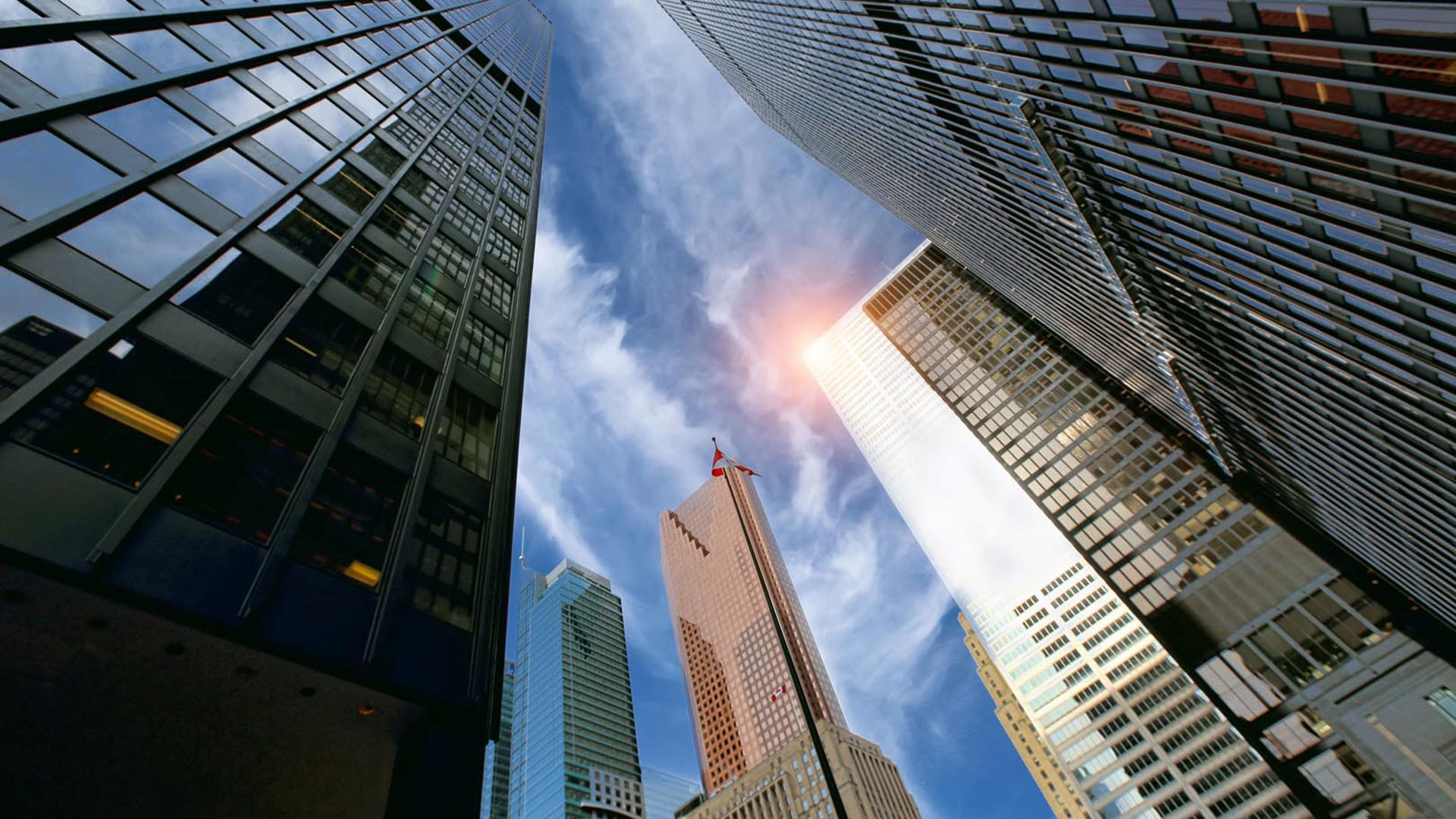
Publication
Navigating international trade and tariffs
Recent tariffs and other trade measures have transformed the international trade landscape, impacting almost every sector, region and business worldwide.


United Kingdom | Publication | November 2022
Following our previous update on the Building Safety Act 2022 (BSA) in May 2022, we take a look at some of the key developments in this area since then and look at the future changes we can expect to see implemented in 2023.
In June 2022, the first BSA consultation of the summer on “higher-risk buildings” began. The BSA imposes legal responsibilities on those who commission building work, participate in the design and construction process and those who are responsible for managing structural and fire safety in
“higher-risk” buildings when they are occupied. A “higher-risk” building is defined as any building which contains two or more residential units which are at least 18m or seven storeys high.
The government is proposing to make regulations setting out technical definitions, excluding certain buildings from the new regime and defining the use criteria for a building to be included. It is also proposed that the regulations should define how a building’s height and storeys are measured.
In the second half of July 2022, a more substantial consultation began to seek views on Part 3 of the BSA. The consultation focuses mainly on implementing the new building control regime for higher-risk buildings and wider changes to the building regulations for all buildings.
These include:
(i) imposing additional duties on those working on higher-risk buildings, including a greater obligation for information sharing between key duty-holders – furthering the BSA’s aim of improving stakeholder communication – and a requirement for duty-holders to check for ‘serious infractions’ when appointing others to work on higher-risk buildings;
(ii) imposing a new ‘hard stop’ to strengthen building control for higher-risk buildings before a building is occupied;
(iii) new Building Safety Regulator notices, to support the development of building projects that contain both higher-risk and non-higher risk buildings;
(iv) additional requirements for refurbishments in higher-risk buildings;
(v) mandatory reporting systems regarding higher-risk buildings;
(vi) greater record keeping of key project information in higher-risk buildings (i.e. the golden thread); and
(vii) stronger enforcement and sanctions for all building work.
In August 2022, the Explanatory Notes for the BSA were finally published. This long-awaited supplement to the legislation sets out useful, non-binding guidance on the policy background and interpretation of the BSA, which will assist with its application in practice.
Sections 126-129 of the BSA (building industry schemes and prohibitions on development and building control) came into force on September 1, 2022. These provisions allow the government to introduce building industry scheme(s) that require members to remedy defective buildings and/or contribute to the cost of doing so. They also enable the government to impose prohibitions on those in the industry as it considers necessary to do so, including on those who are eligible to be members of a building industry scheme but choose not to sign up.
As of the date of publication, no building industry schemes have been published and government negotiations with industry groups remain ongoing.
Further elements of the BSA framework are due to be implemented prior to the end of April 2023. These include:
We should also see the following come into force before the end of October 2023:
We will provide further details on upcoming developments relating to the BSA’s transition into practice as they emerge.

Publication
Recent tariffs and other trade measures have transformed the international trade landscape, impacting almost every sector, region and business worldwide.

Publication
Norton Rose Fulbright South Africa is acting on behalf of the Helen Suzman Foundation (HSF) in its application to be admitted as an amicus curiae in the ongoing High Court litigation regarding the state’s failure to prosecute apartheid-era crimes.
Subscribe and stay up to date with the latest legal news, information and events . . .
© Norton Rose Fulbright LLP 2025